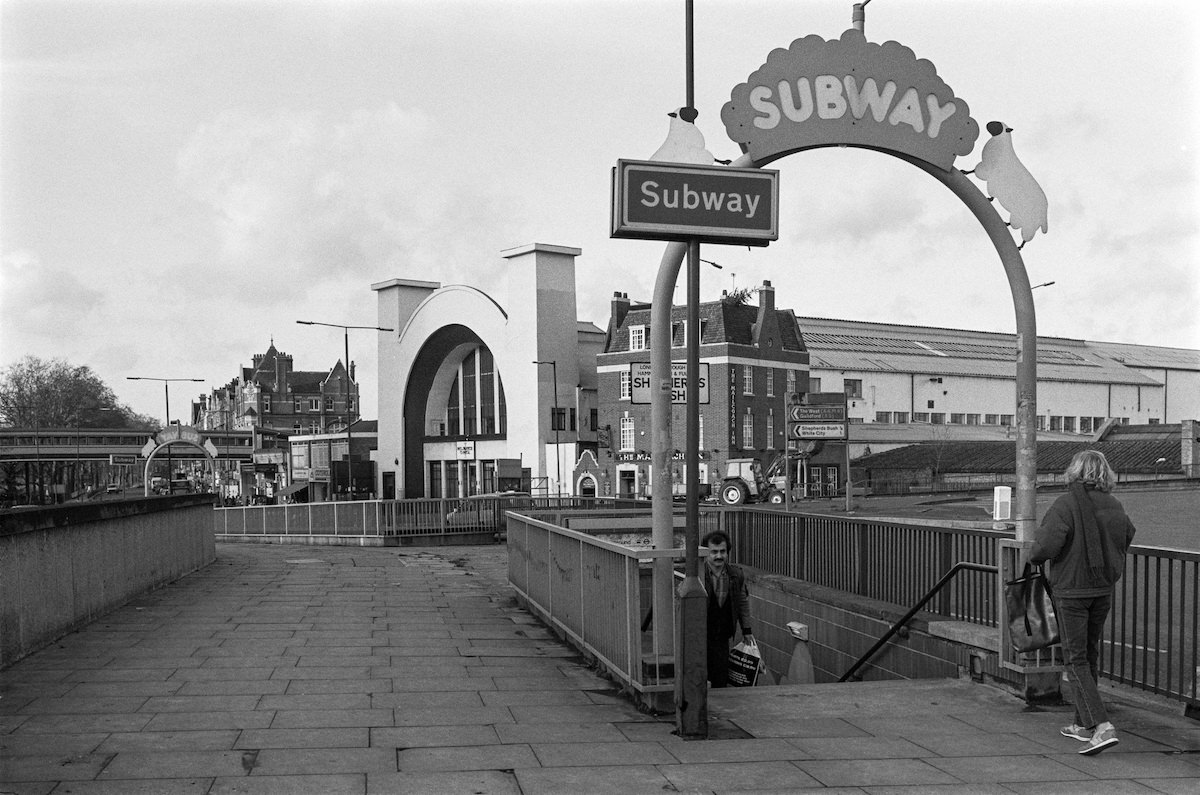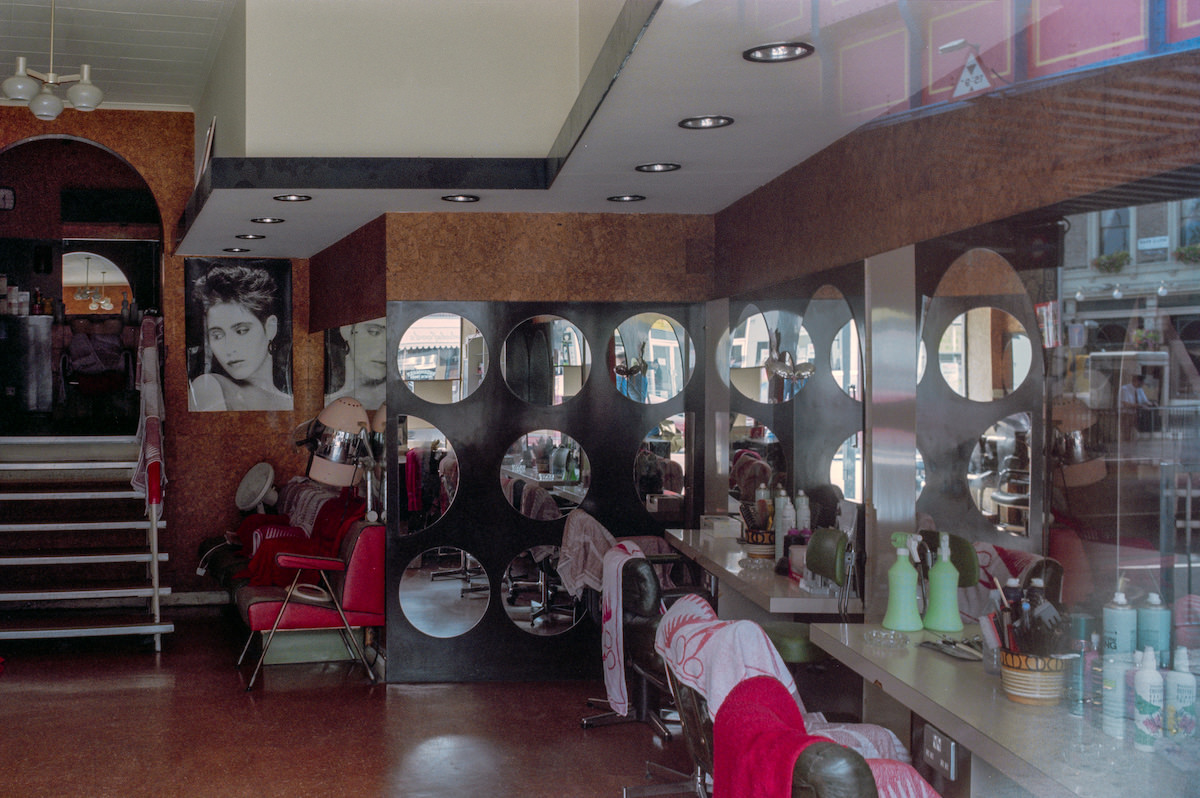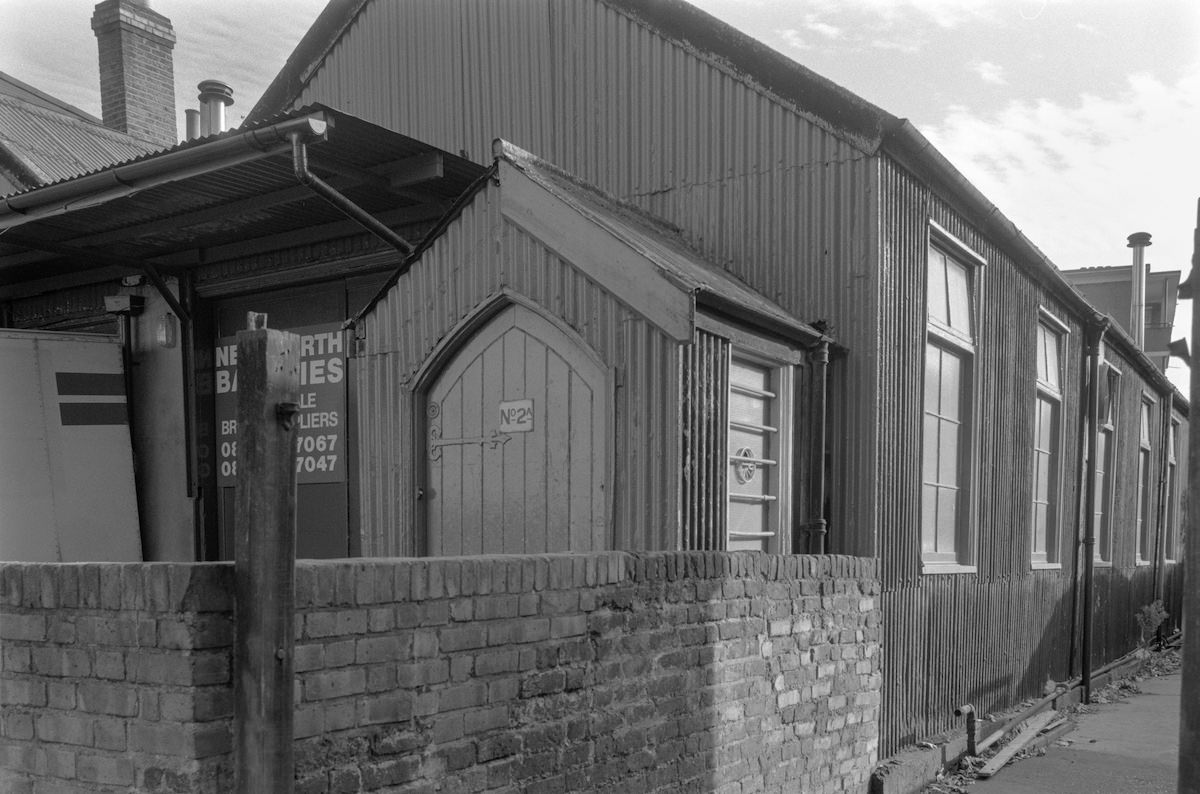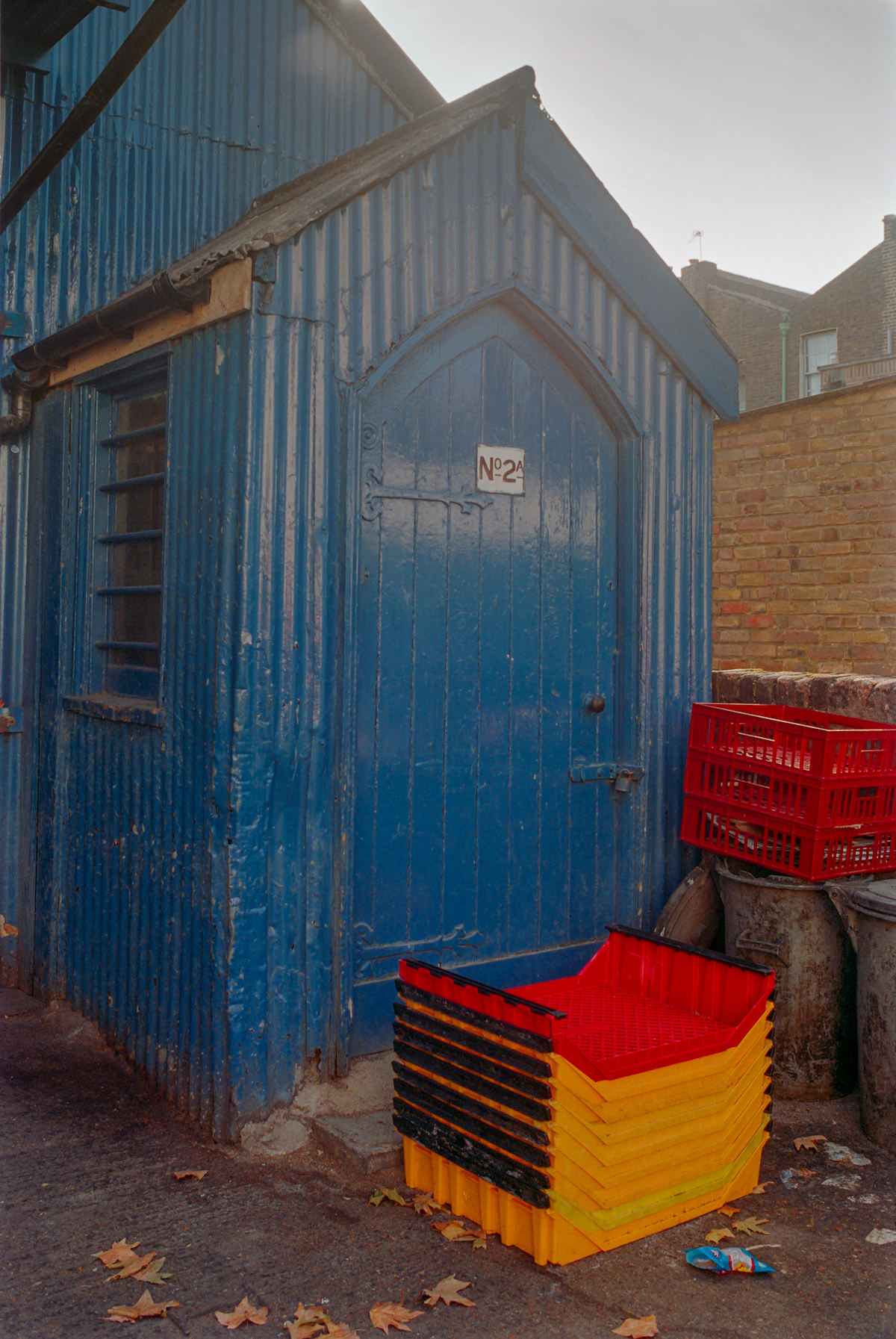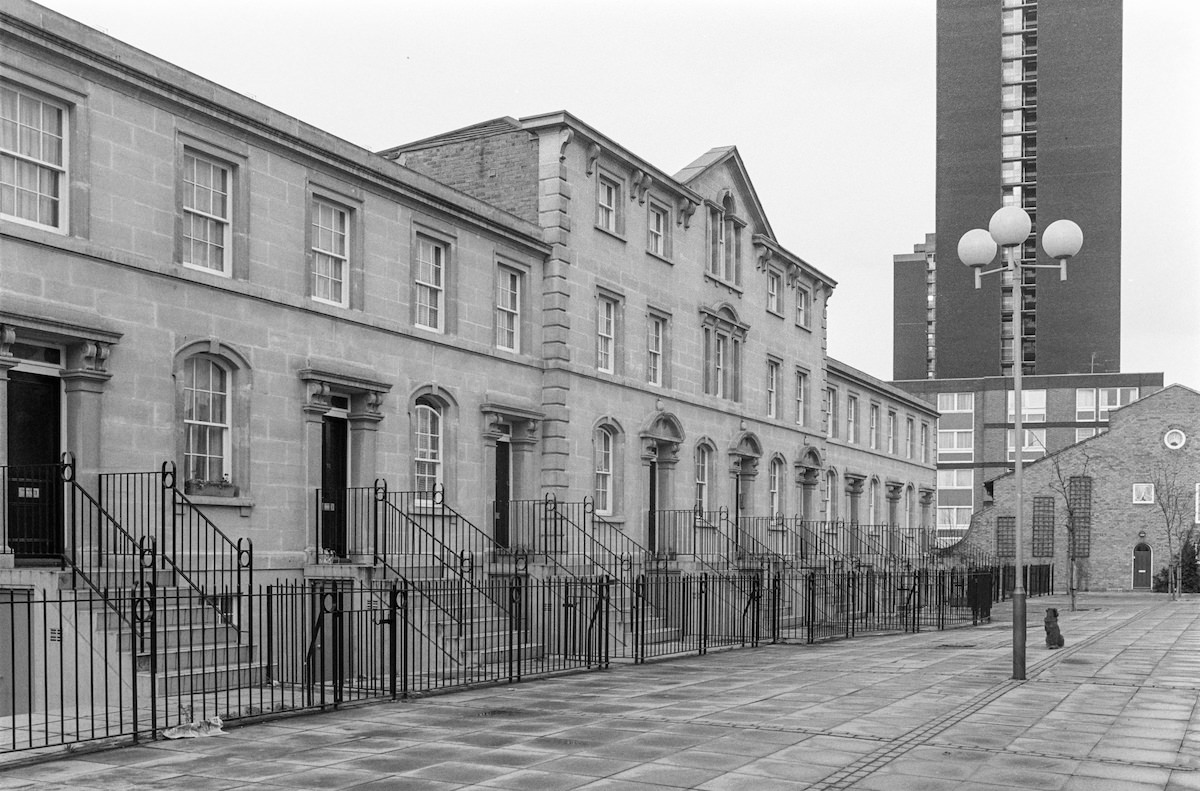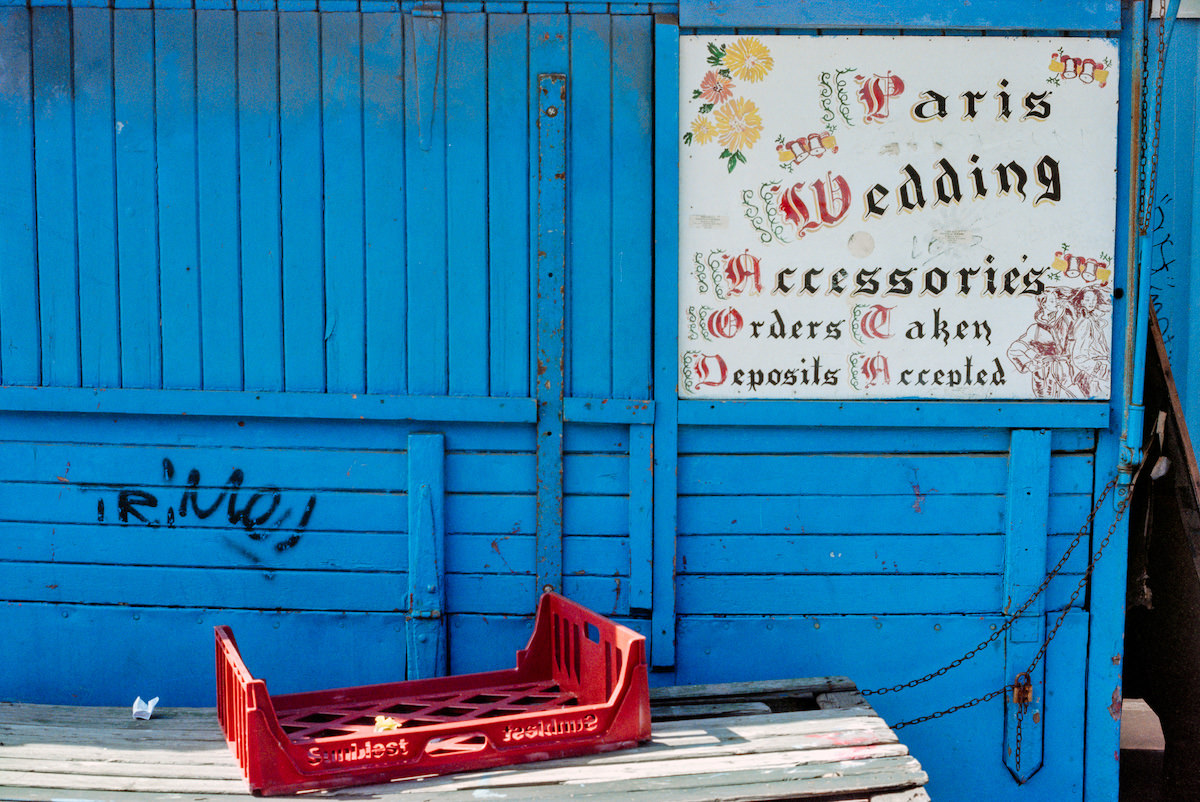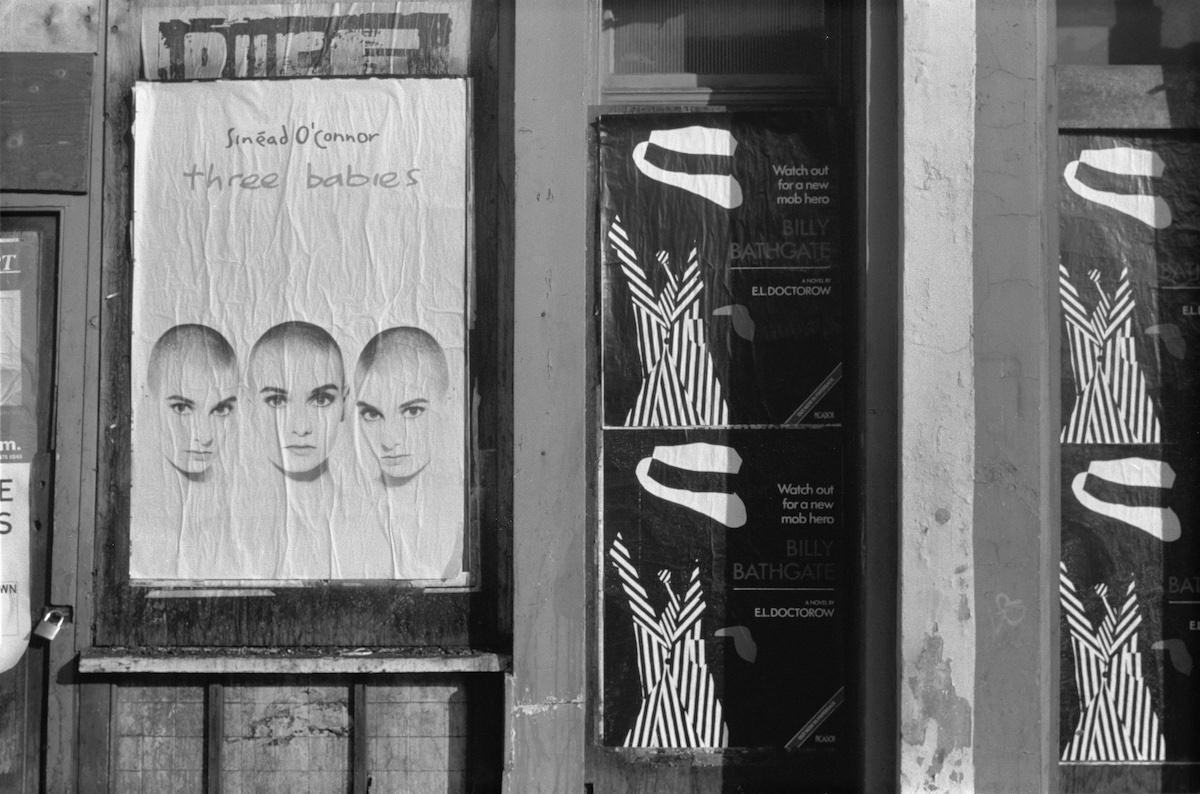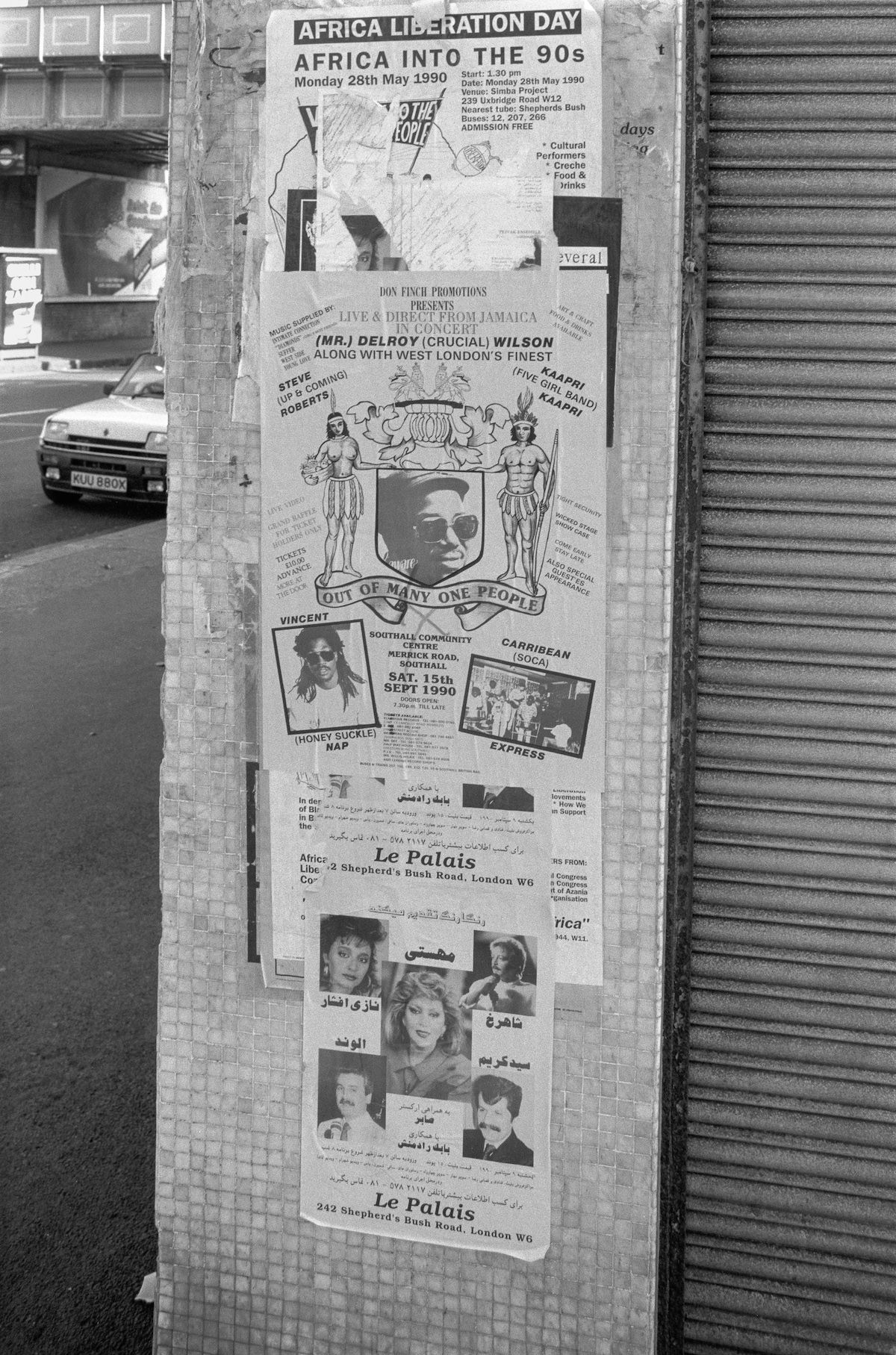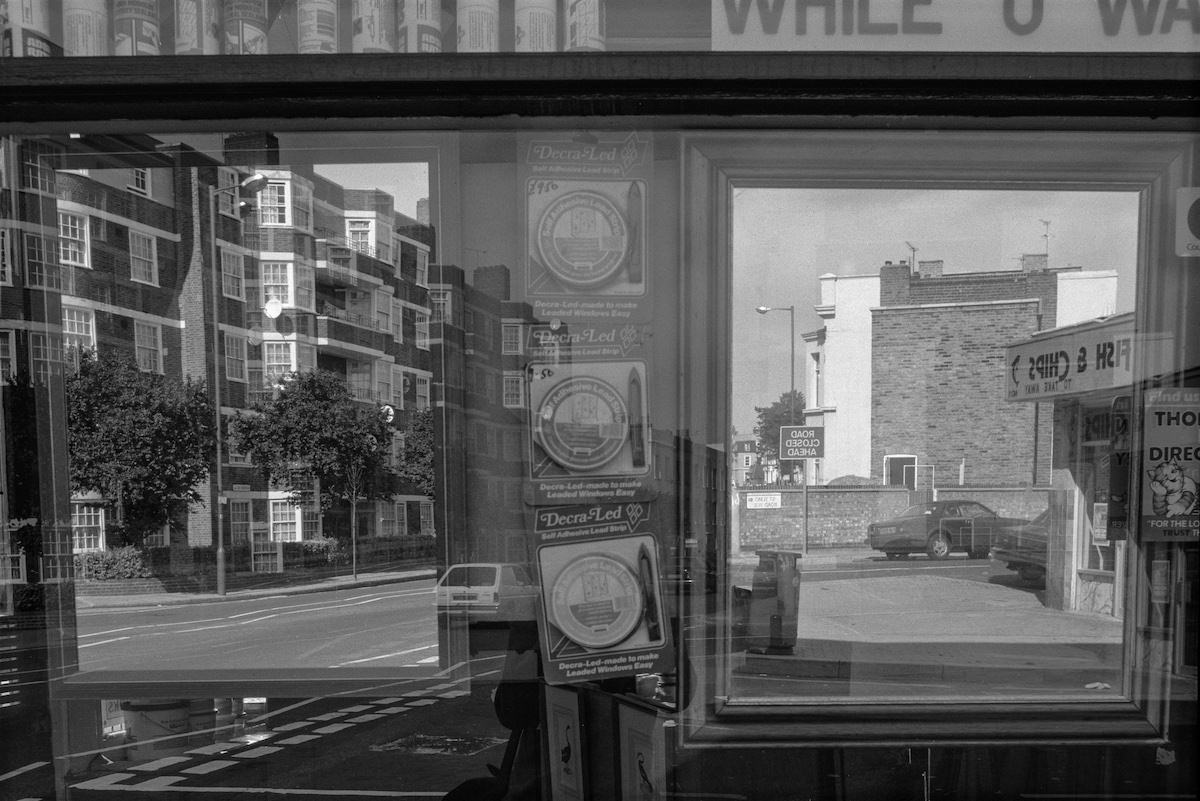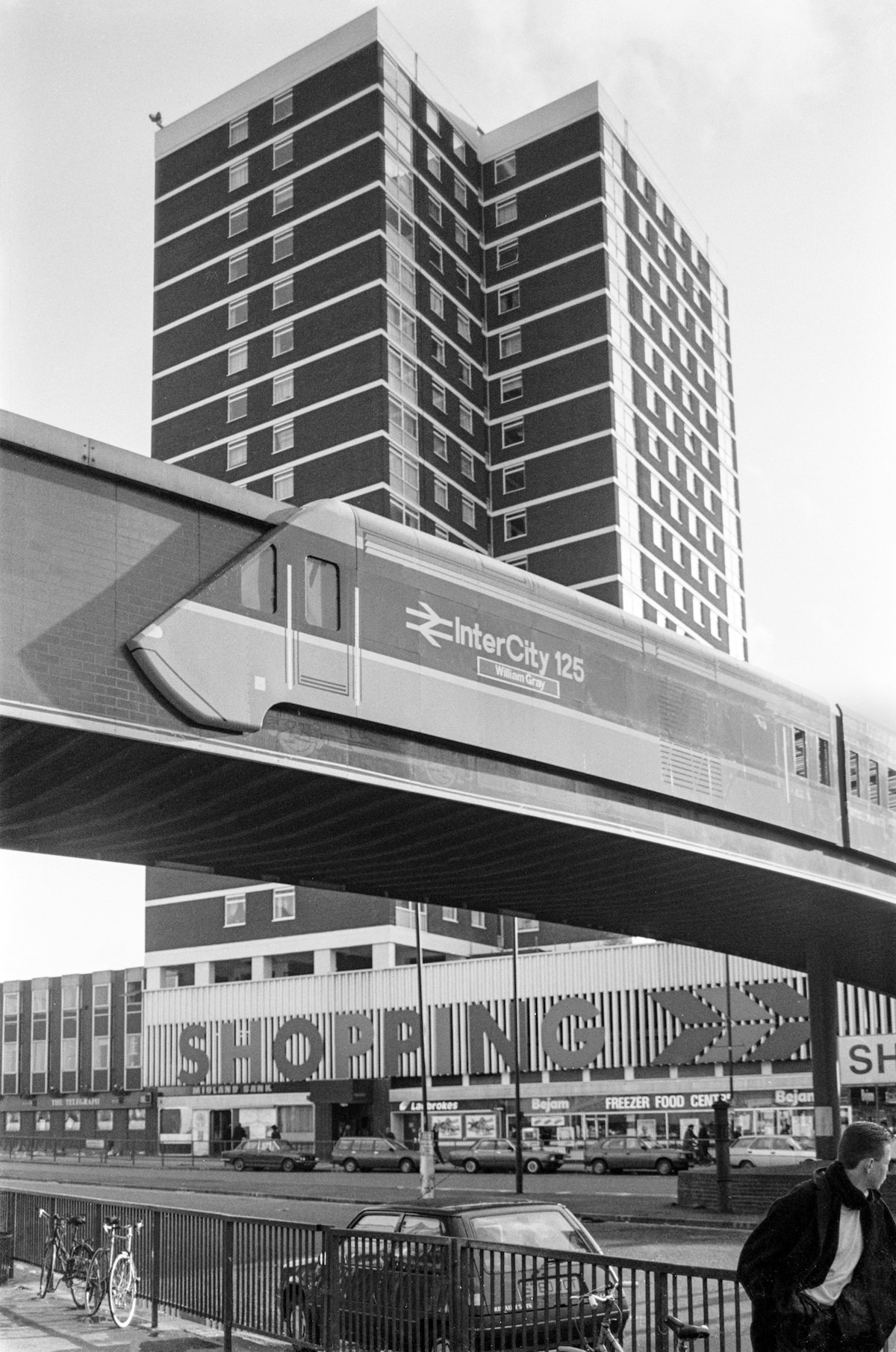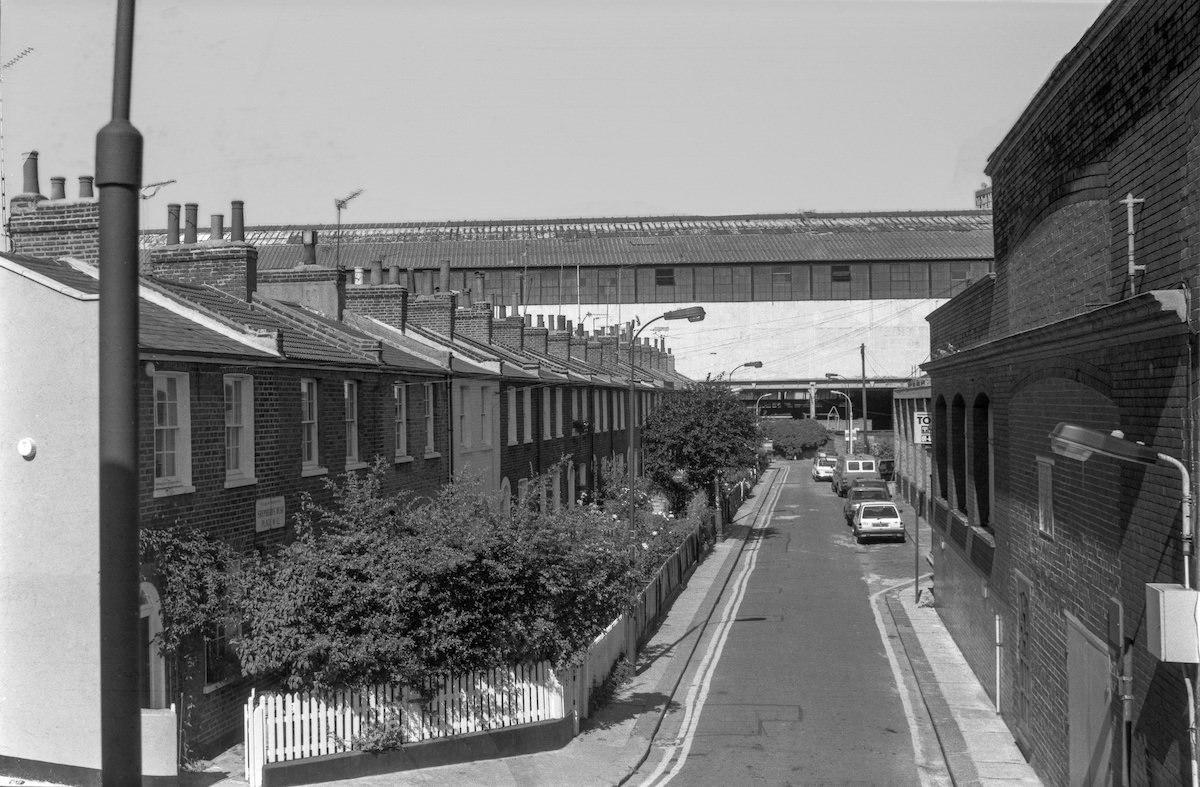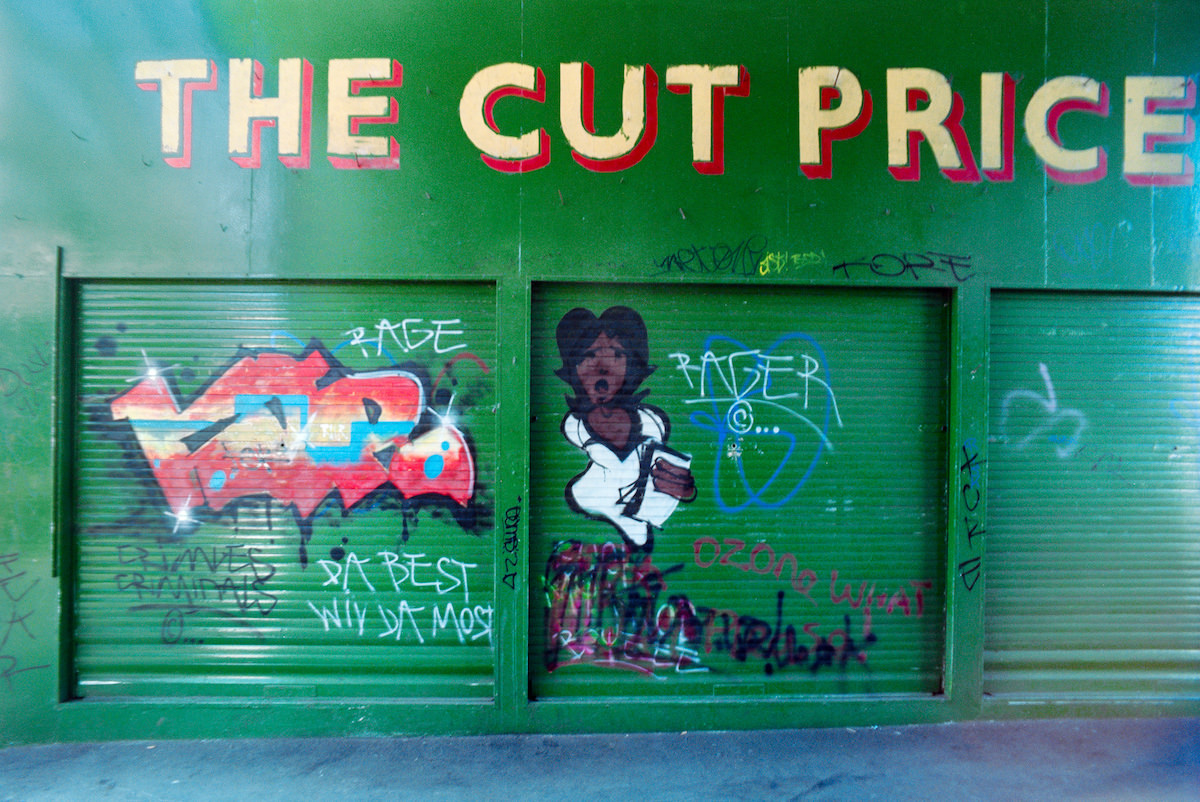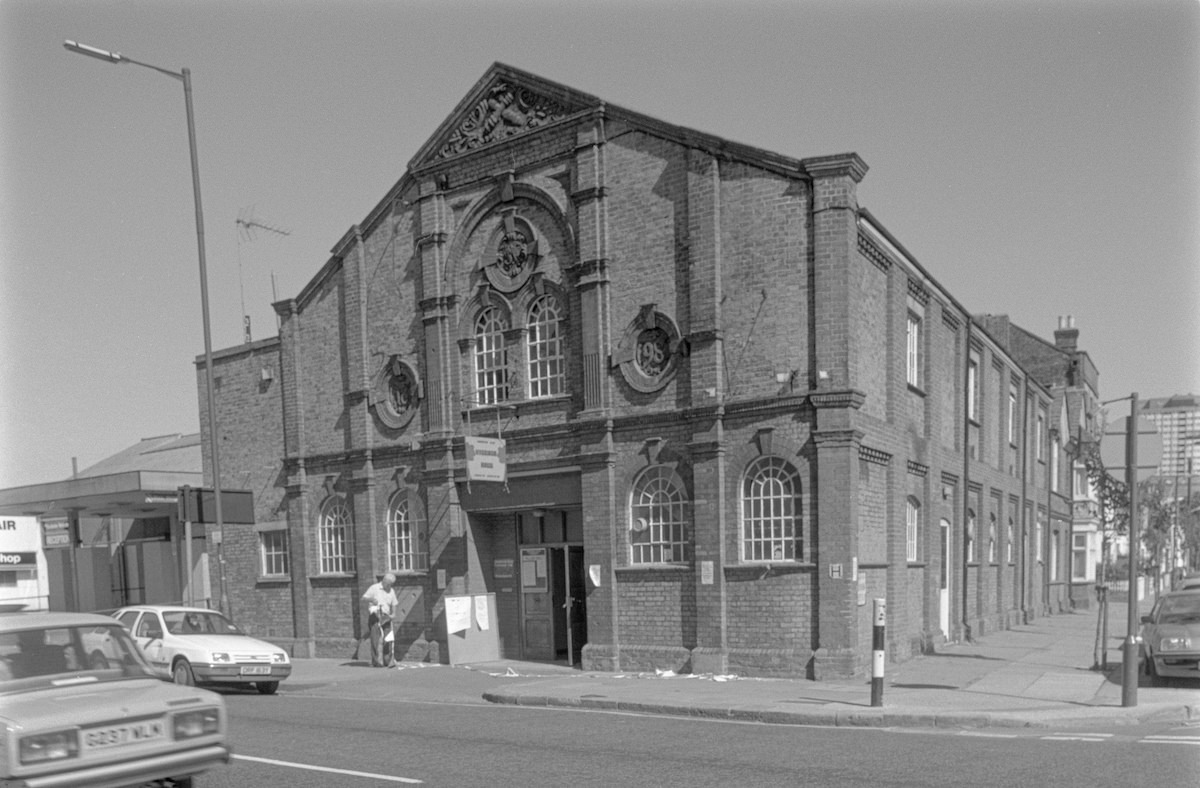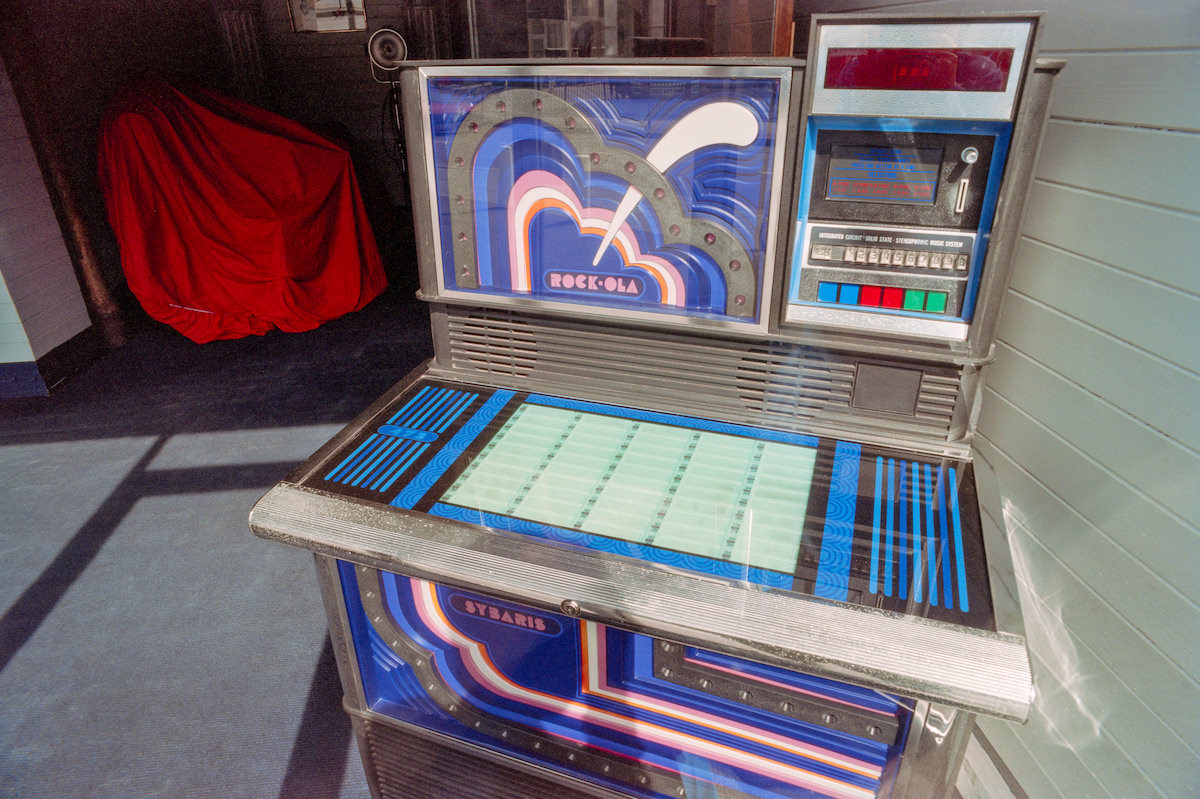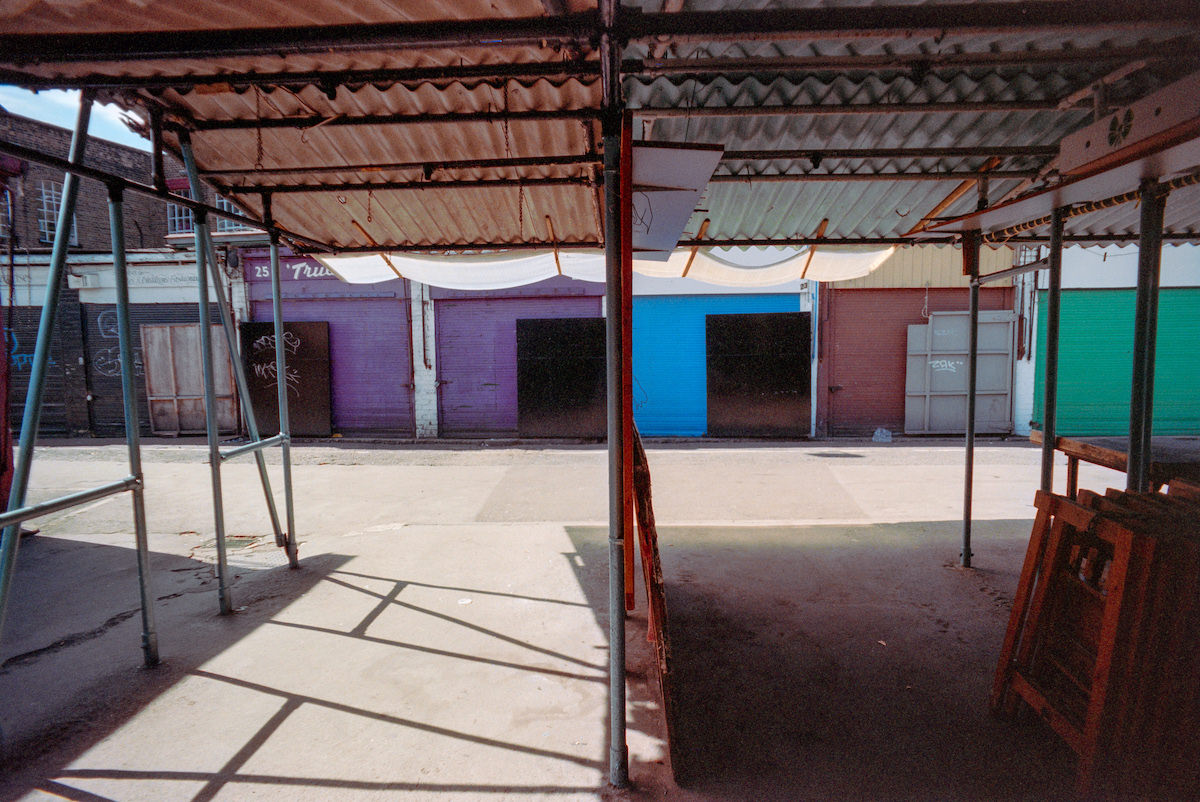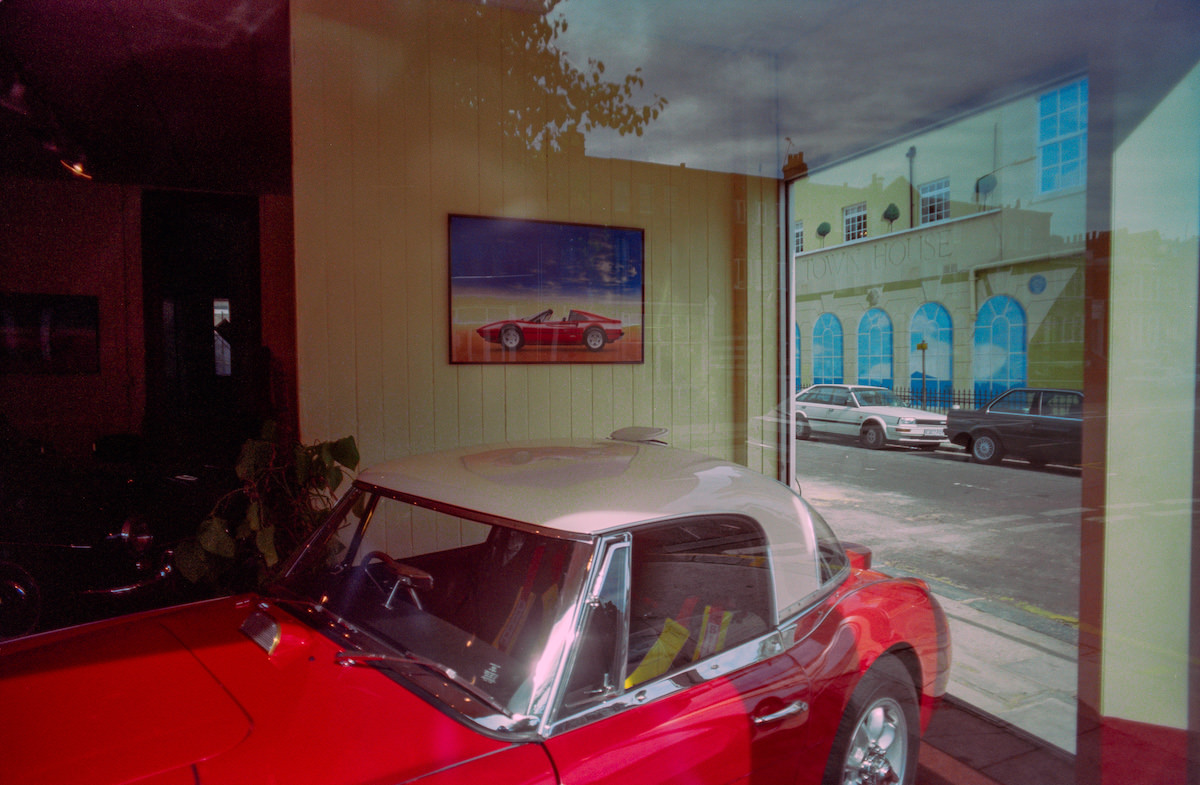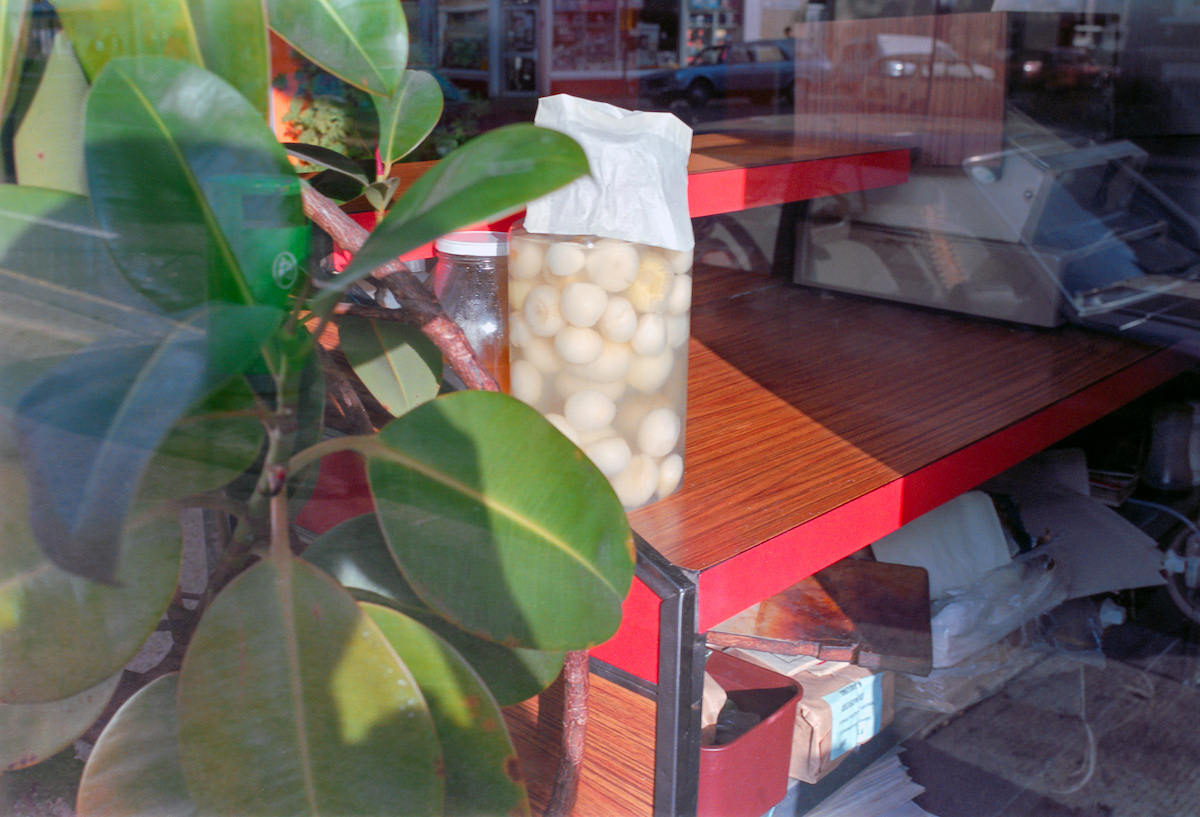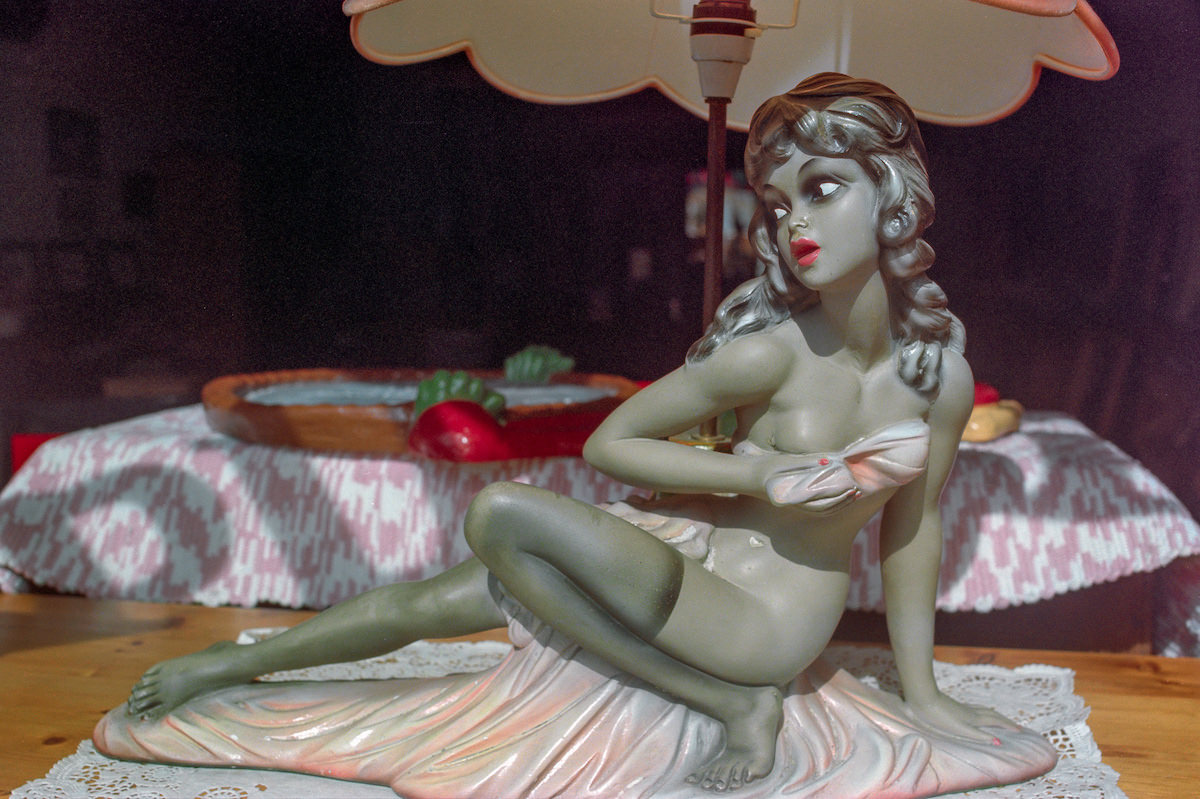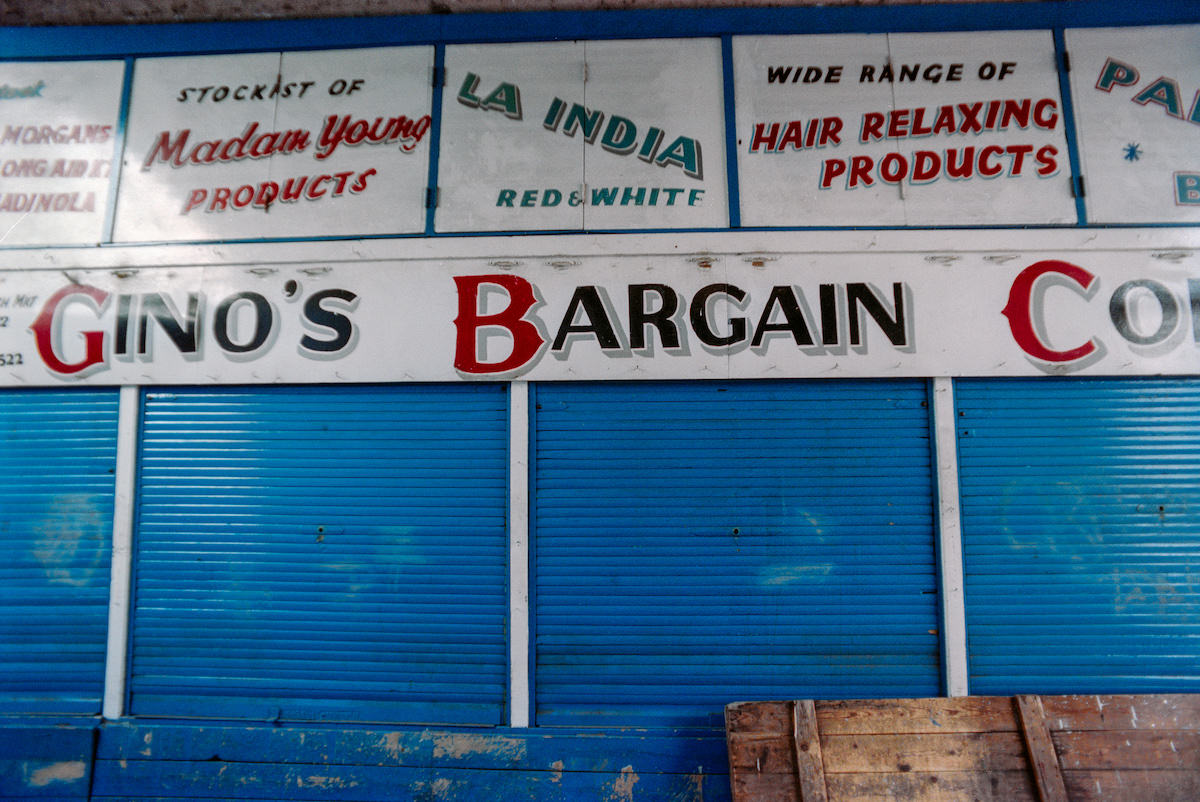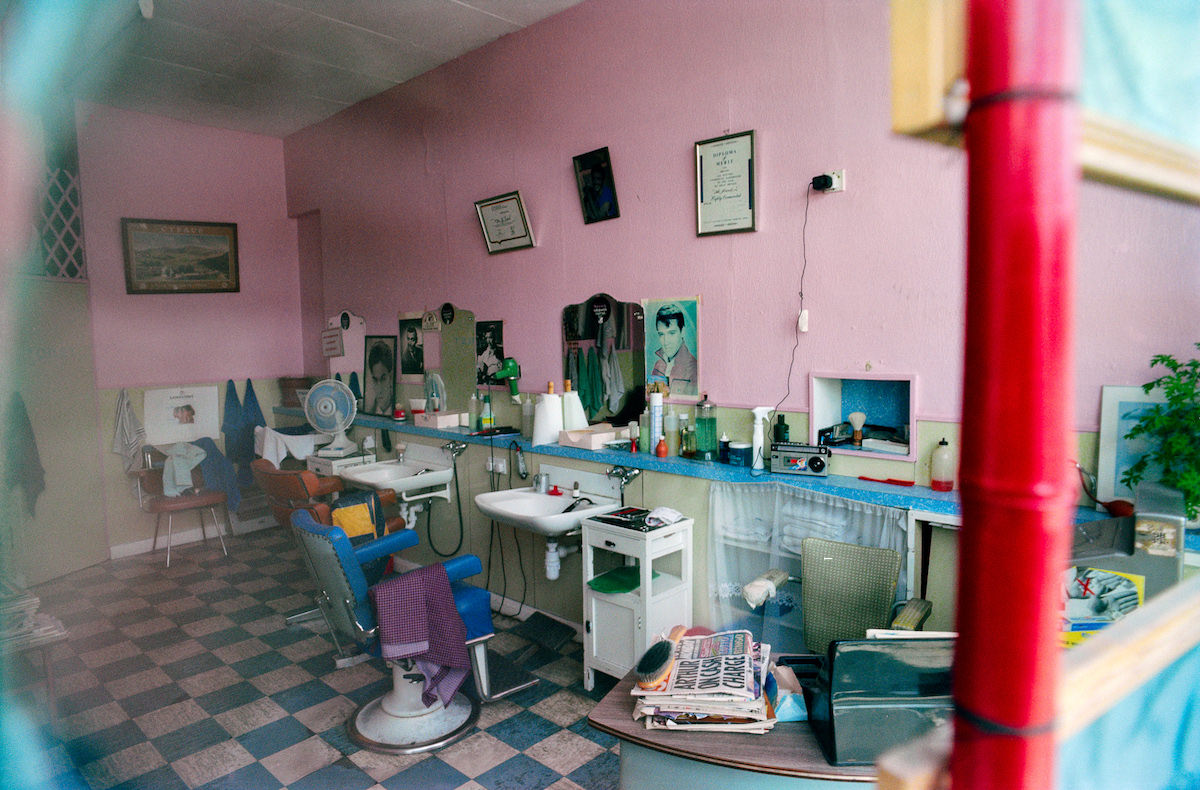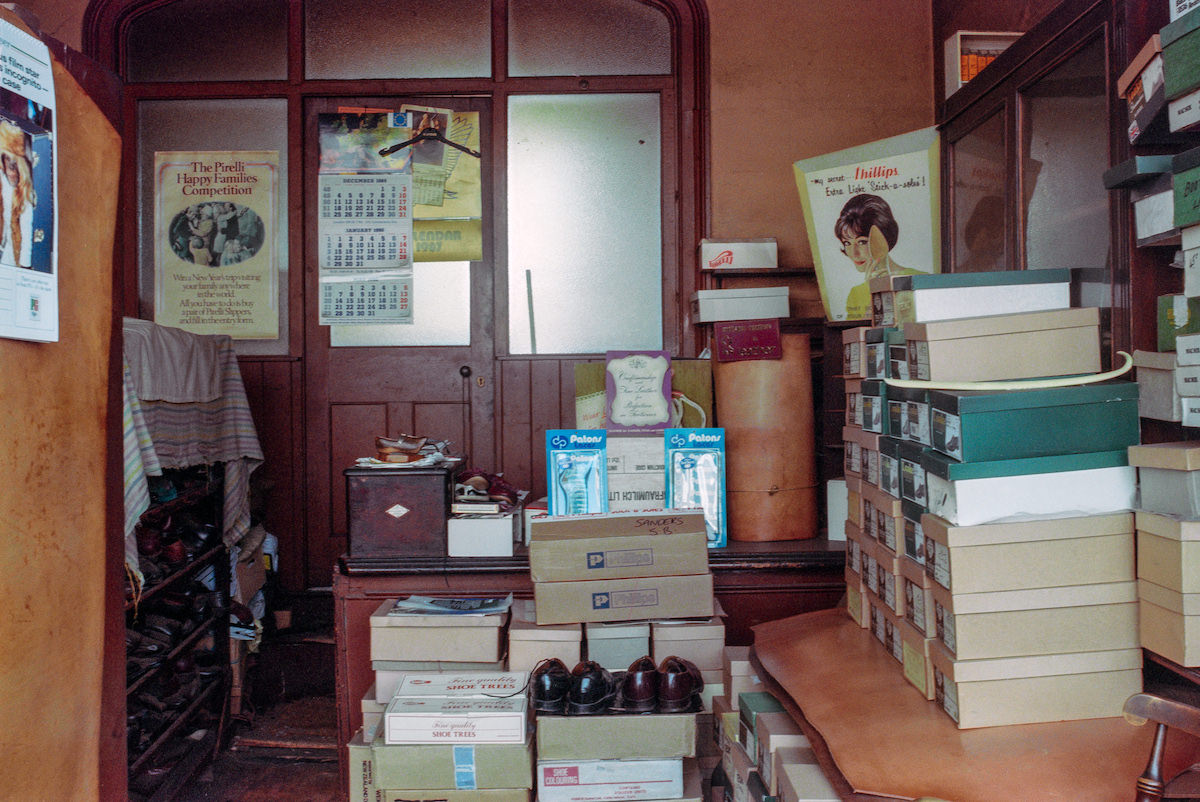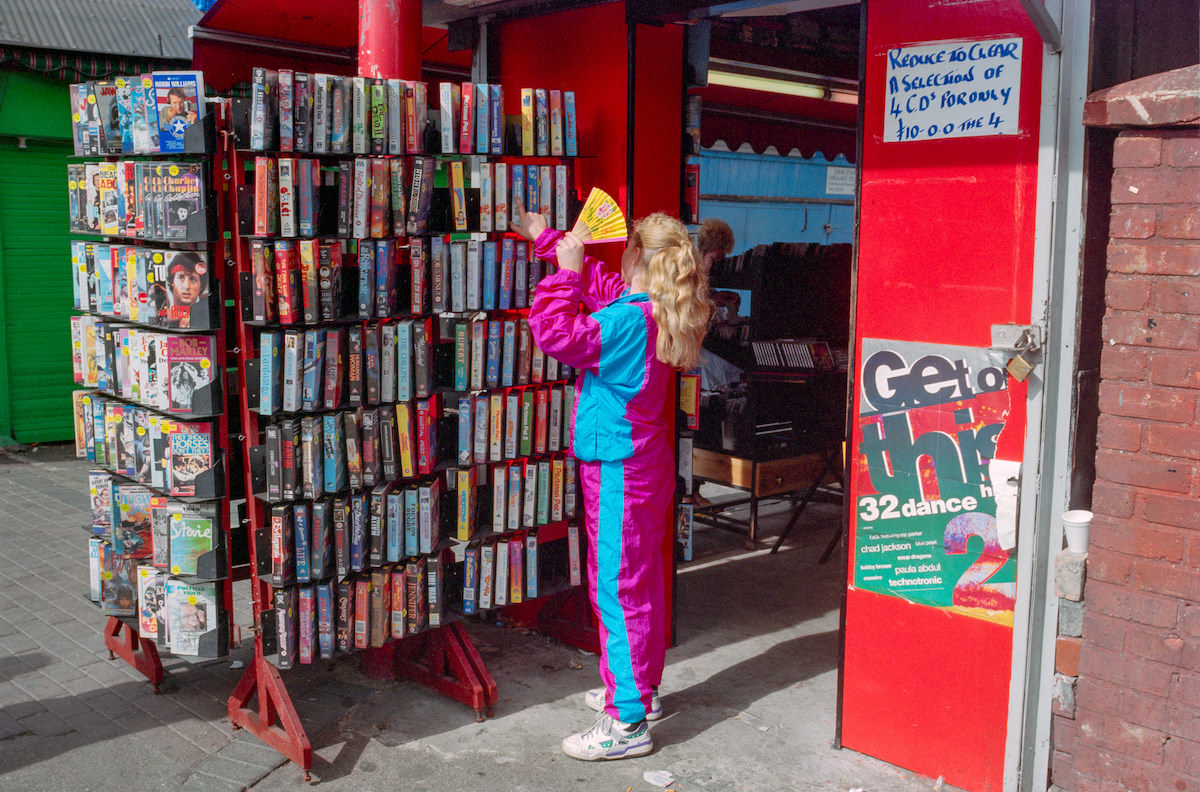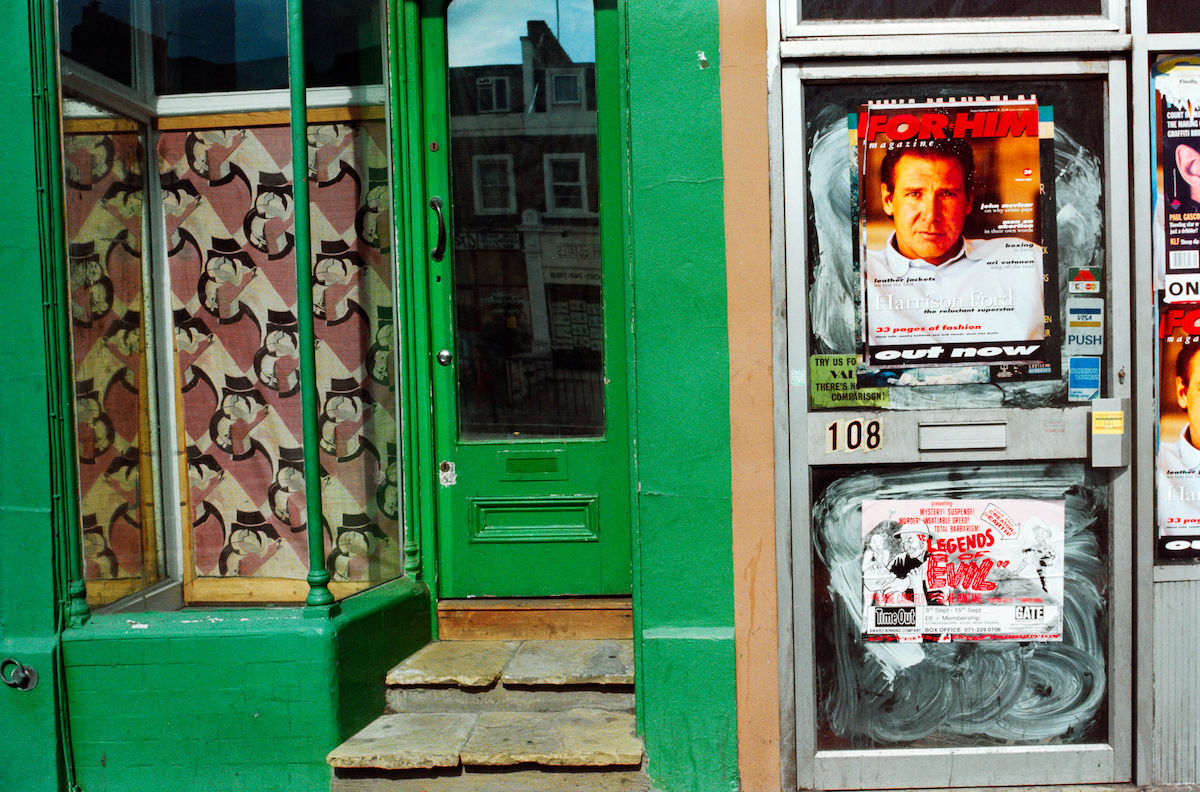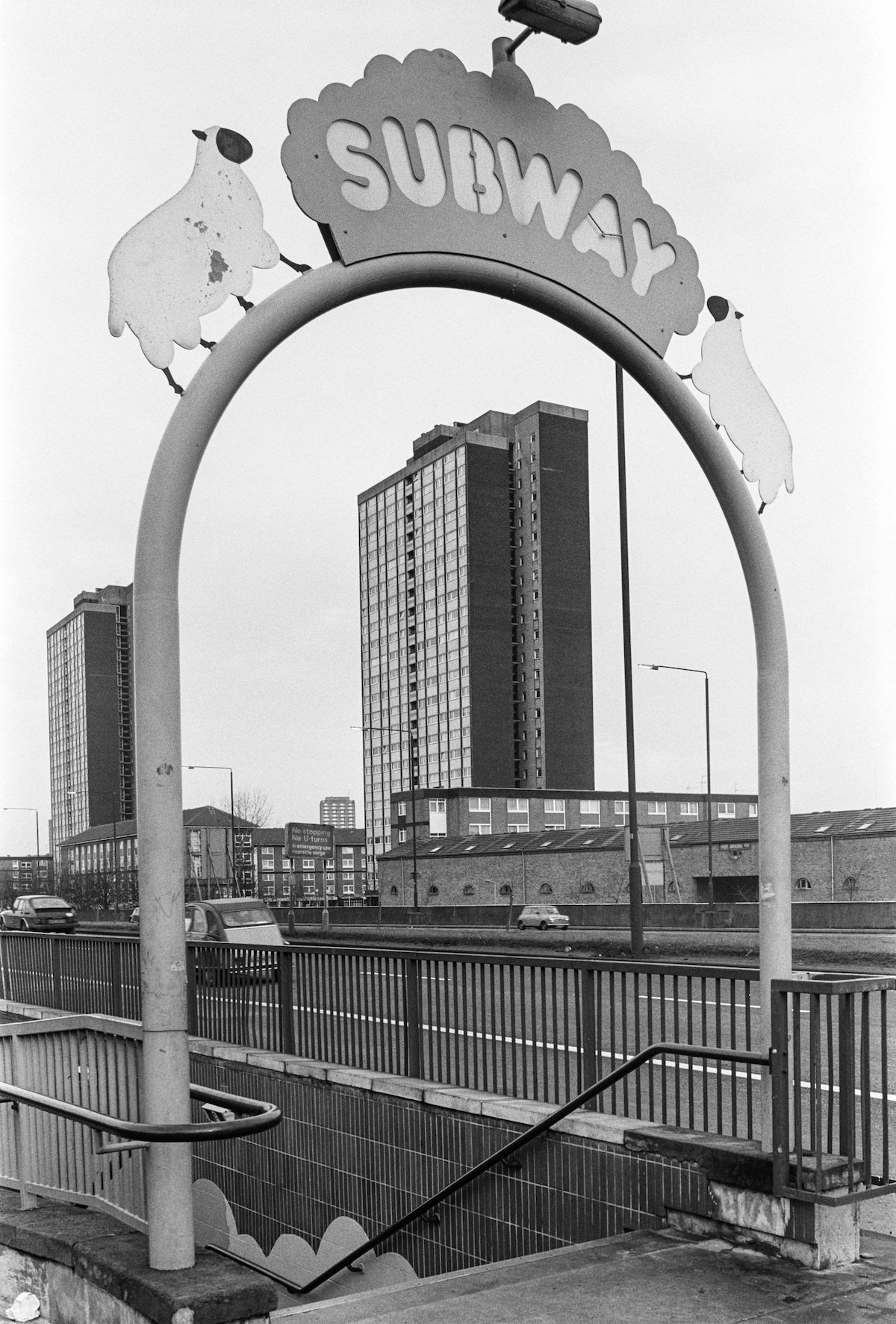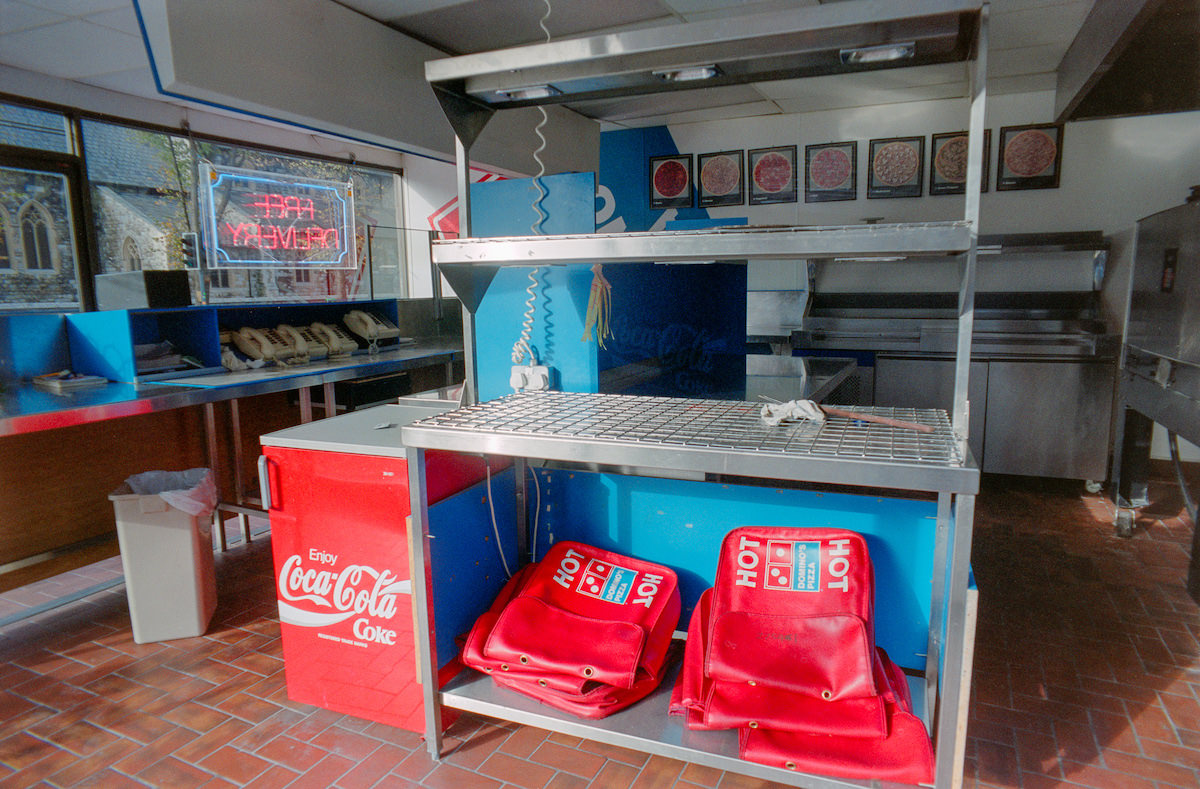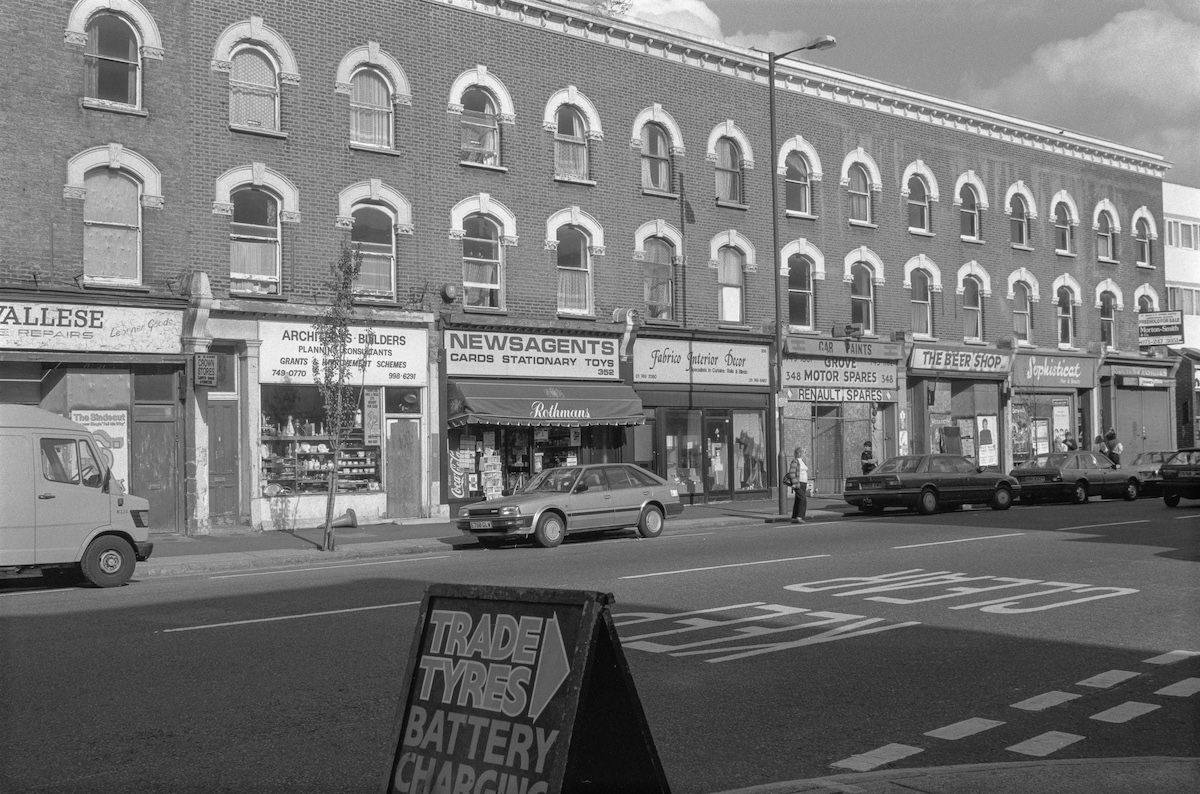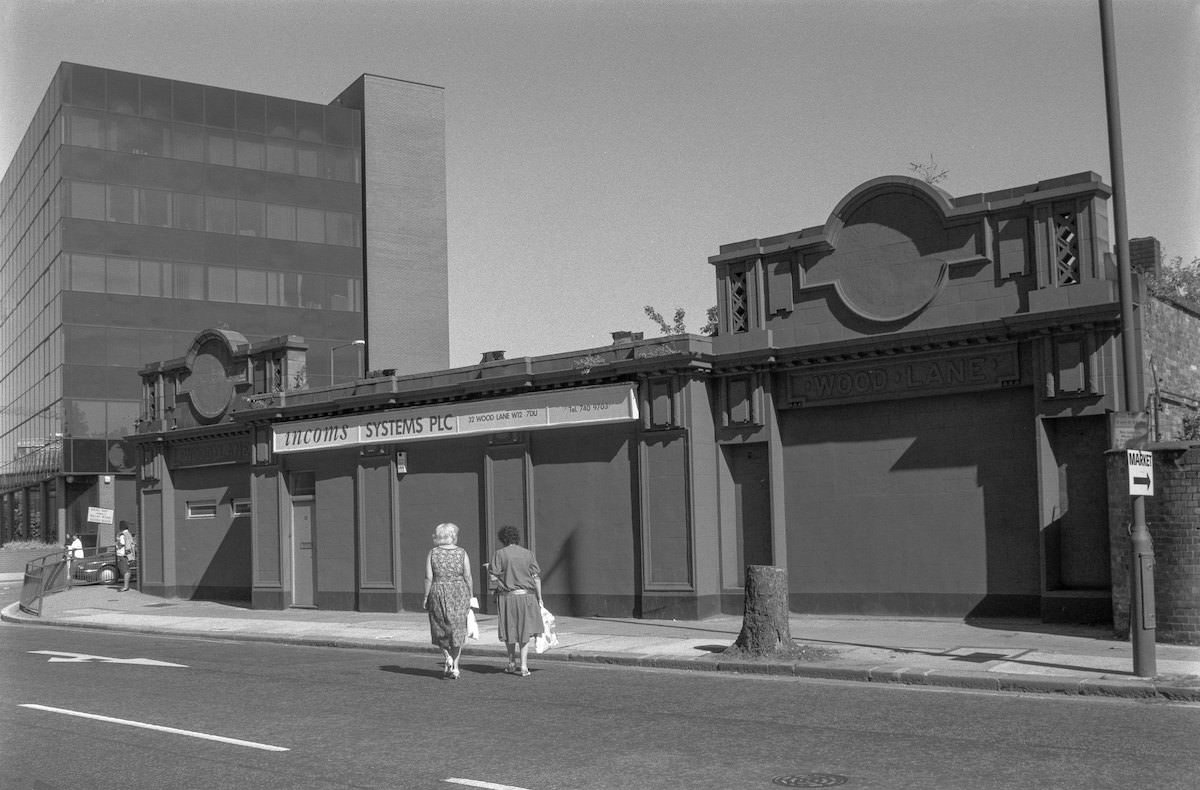In the heart of West London lies Shepherd’s Bush, a neighborhood steeped in history and bursting with character. In the late 1980s and early 1990s, it was a place undergoing significant transformation, caught between its traditional roots and the winds of change blowing through the city.
The Market
Shepherd’s Bush Market was the beating heart of the area. Stallholders, a diverse mix of cultures and backgrounds, hawked their wares with gusto. The air was filled with the sounds of haggling, laughter, and the enticing aromas of street food. Shoppers could find everything from fresh produce to vintage clothing, household goods to exotic spices. It was a place where the community came together, a melting pot of London life.
The Music Scene
Shepherd’s Bush was also a haven for music lovers. The legendary Bush Empire, a grand old theater, hosted a variety of acts, from up-and-coming indie bands to established rock legends. Smaller pubs and clubs dotted the neighborhood, each with its own unique atmosphere and loyal following. Whether you were into punk, reggae, or anything in between, Shepherd’s Bush had something to offer.
The Changing Landscape
The late 1980s saw the beginning of a major redevelopment project in Shepherd’s Bush. The old Shepherd’s Bush Green, a beloved local park, was undergoing a facelift, and new housing developments were springing up. While these changes promised a brighter future for the area, they also raised concerns about gentrification and the loss of traditional community spaces.
The residents of Shepherd’s Bush were as diverse as the neighborhood itself. There were longtime residents who had seen the area change over the decades, newcomers drawn by its vibrant atmosphere, and students from the nearby colleges and universities. Like many inner-city areas, it faced issues such as poverty, crime, and social inequality.
More info: Peter Marshall


